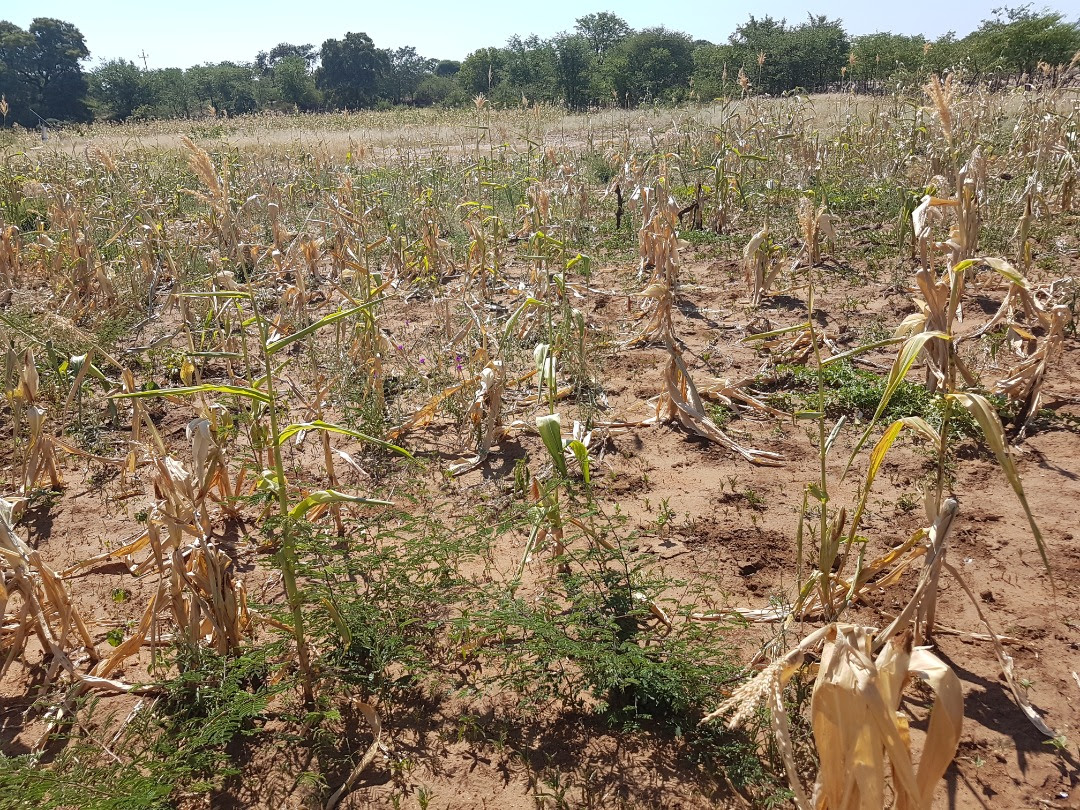
In Somalia, a government-led drought response is providing life-saving assistance and enhancing aid delivery efficiency through partnerships and innovative systems that ensure aid reaches those most in need.
From 2021 to 2023, Somalia confronted its most severe drought in forty years, affecting more than 7.8 million people. The repercussions were dire: widespread food insecurity, mass displacement, mortality and morbidity, and heightened concerns of a looming famine. The need for aid was urgent and immediate and humanitarian response efforts raised $3.59 billion for the drought response.
The Federal Government of Somalia also initiated a suite of $420 million World Bank-financed investments, including from the Somalia Urban Resilience Project (Nagaad) to deliver emergency relief and cash assistance to over 400,000 internally displaced persons arriving to the overstretched cities of Mogadishu, Baidoa, and Garowe.
In high-risk and dynamic contexts, especially those in fragile, conflict, and violence (FCV) affected areas like Somalia, partnerships are often essential to quickly deliver emergency assistance at scale.
The Nagaad Project (meaning “prosperous settlement” in the Somali language) is an example of one that is making a crucial difference in linking partners and sharing data to make aid delivery more equitable, transparent, fair, and effective. The project facilitates data-sharing about beneficiaries among agencies to overcome long-standing issues with duplicate profiles for individuals that created inefficiencies in delivery assistance.
With measures to safeguard beneficiary data privacy, the pilot project uses the International Organization for Migration (IOM) biometric registration system to enrol beneficiaries at their doorstep, eliminating the security risks of travel for vulnerable populations. Underway since May 2023, this new approach uses mobile technology to expedite the registration process and allows program teams to register and verify household needs at their homes. Through a formal data-sharing agreement, IOM, and the World Food Programme (WFP) –the largest provider of cash assistance in Somalia – have synched their beneficiary systems to streamline their beneficiary lists to avoid duplicative enrollment. The project is also building the capacity of municipal governments to coordinate and monitor these activities.
Enabling longer-term sustainability and accountability within the humanitarian sector
Over the past three decades, Somalia has faced frequent climate-induced shocks and prolonged political insecurity, violence, and instability that have led to persistent humanitarian crises, with a significant impact on Somalia’s development trajectory.
Historically, large volumes of humanitarian assistance in Somalia have been channelled outside government systems with limited roles and responsibilities for the state. Between 2011, the last time Somalia faced famine, and 2023, the humanitarian community received $14.4 billion in external funding for projects inside Somalia, an average of $1.1 billion per year.
To make the most of this assistance and ensure equitable distribution, more transparent, fair, and effective aid delivery systems are needed. For example, in some instances, individuals overseeing internal displacement camps have exerted control over beneficiary lists to redirect humanitarian aid to local clans rather than those in genuine need.
The new systems the government is putting in place– such as digital IDs with biometric registration and a Unified Social Registry for aid delivery accuracy stand to address some of these challenges and provide a foundation for longer-term sustainability.
UN agencies, the largest global recipients, and distributors of humanitarian funding, increasingly see the need for a unified registry to target aid delivery more effectively. The Somalia Humanitarian Coordination Team called for a single beneficiary list, determined through agreed pro-vulnerable targeting criteria or interoperable systems, with biometric registration ensuring that the right people receive the assistance they are entitled to.
Removing inefficiencies to save more lives
Executed by the Federal Ministry of Public Works, Reconstruction, and Housing, in close coordination with participating municipal governments, the Nagaad Project engaged the IOM to provide transparent and effective aid delivery that mitigates the influence of gatekeepers.
To date, more than 323,000 displaced persons have been reached through the $65 million drought response component of the project across the cities of Mogadishu, Baidoa, and Garowe. The project removed nearly 26,000 beneficiary duplicates, which helped to reach more people with aid.
Relevant project beneficiary information will be added to the government’s safety net system database, supported by WFP under the World Bank-supported Baxnaano Program.
The World Bank’s engagement in Somalia has evolved significantly – with a portfolio growing from $.15 billion in Fiscal Year 2018 to $2.35 billion by the end of Fiscal Year 2024. The Nagaad Project’s success provides the World Bank and government a test case for continuing to engage partners in the dynamic FCV context to increase operational efficiencies transparently and maximize benefits to the most marginalized and vulnerable people.
This approach has already been replicated by IOM and WFP during the recent 2023 flood response in Somalia, and it has catalyzed data-sharing agreements amongst other UN partners, including the Office for Coordination and Humanitarian Affairs, UN High Commissioner for Refugees, and the Somalia Cash Consortium. It is also informing broader policy discussions on advancing the interoperability of beneficiary systems and real-time data sharing across UN agencies, with the government taking a leadership role.
While partnerships are crucial, partnerships alone are not the answer – there must also be a concerted effort across actors to synch their aid delivery systems and innovate, such as by using biometric registration, so that aid is more equitable, transparent, fair, and effective.
The Nagaad Project provides a good starting point, and these efforts should be scaled and formalized to maximize aid impact. This requires greater political will and pressure by the government and partners to push this critical agenda.



